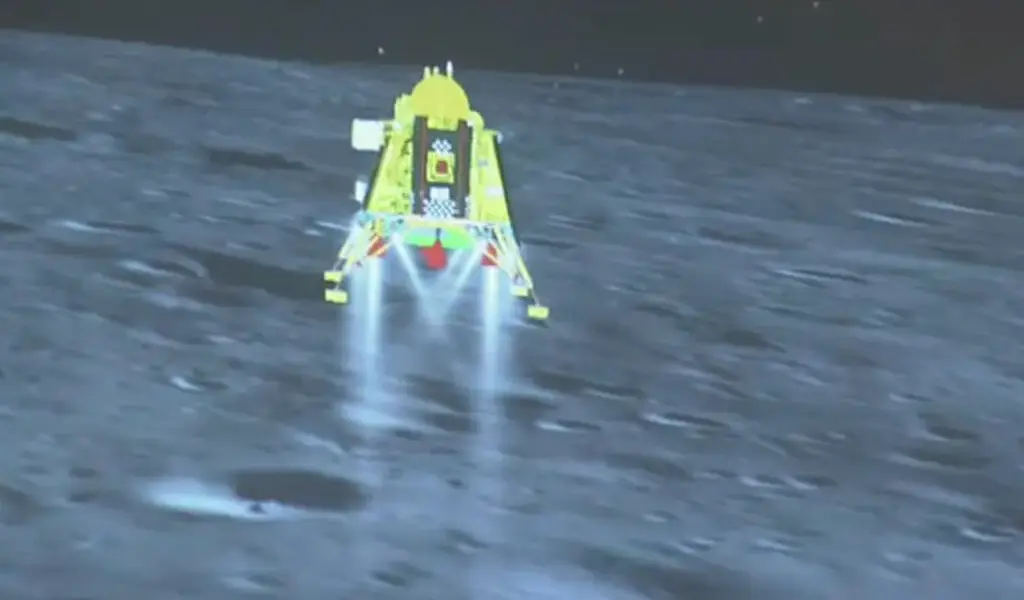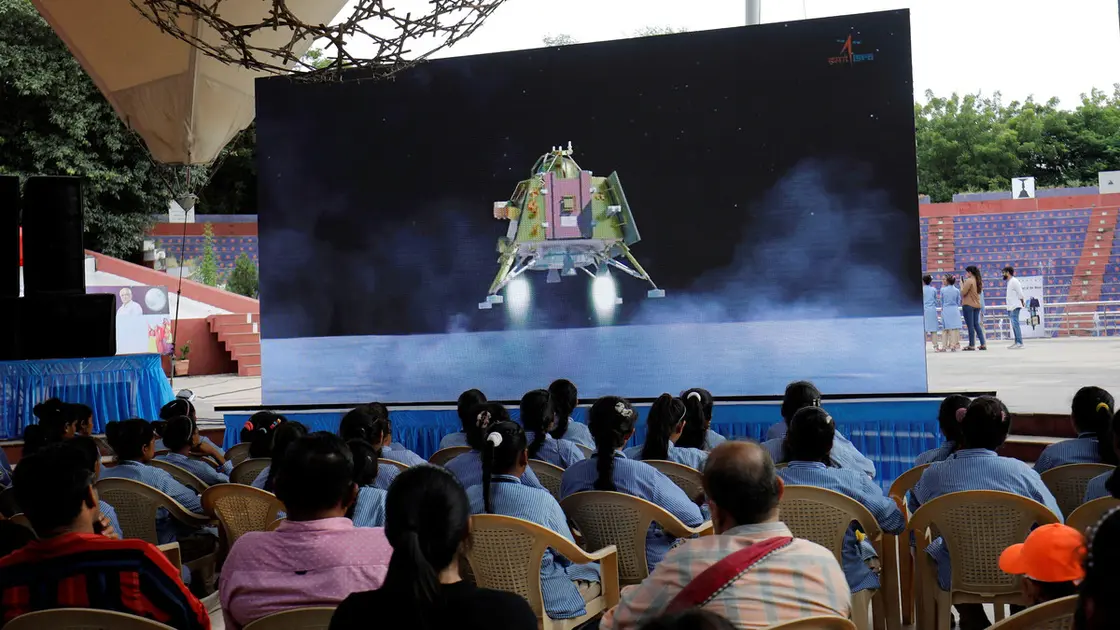News
Chandrayaan-3: Top China Scientist Claims India Moon Landing was Nowhere Near South Pole

(CTN News) – The recent successful landing of India’s Chandrayaan-3 rover on the moon has ignited a rivalry between Asia’s two major spacefaring nations.
India’s achievement marked a significant milestone as it became the first country to place a spacecraft in close proximity to the lunar south pole. However, this accomplishment has not been without controversy, with a top Chinese scientist disputing the claims made by India.
Chinese Scientist Challenges India’s South Pole Claim
Ouyang Ziyuan, often regarded as the father of China’s lunar exploration program, publicly expressed skepticism about India’s lunar landing. He contended that India’s Chandrayaan-3 did not land anywhere near the lunar south pole, as claimed.
According to Ouyang, the lunar south pole is defined as the region between 88.5 and 90 degrees south latitude, while Chandrayaan-3 touched down at 69 degrees south. On Earth, this latitude would place it within the Antarctic Circle, but on the moon, the lunar circle is considerably closer to the pole.
Ouyang emphatically stated, “It’s wrong!” in response to assertions of an Indian polar landing. He further clarified that Chandrayaan-3’s landing site was a considerable distance—619 kilometers (385 miles) away—from the polar region.
India’s space agency has not yet responded to these challenges, leaving the dispute unresolved.
Comparing Lunar South Pole Proximity
The debate over Chandrayaan-3‘s landing site is not only a matter of national pride but also has scientific significance. Proximity to the lunar south pole is crucial due to the potential presence of ice reserves, which could be invaluable for long-term lunar missions. The race to explore this region is driven by the belief that it holds clues to understanding the moon’s history and resources.
In comparison, China’s Chang’e 4 mission, which successfully landed on the far side of the moon in 2019, touched down at 45 degrees south. Meanwhile, an uncrewed NASA probe, Surveyor 7, reached the moon at approximately 41 degrees south back in 1968.
Implications of Landing Near the Lunar South Pole
The dispute between India and China over lunar landing locations underscores the growing competition in space exploration. Both countries and the United States are eyeing the lunar south pole for their upcoming missions, including plans to send astronauts. Access to potential ice reserves and a deeper understanding of this unique region are at the forefront of these ambitions.
The Race to Send Astronauts to the Moon’s South Pole
India, China, and the United States are all vying for the opportunity to send astronauts to the moon’s south pole, marking a historic return to lunar exploration. This race represents a significant step forward in space exploration, with each country striving to demonstrate technological prowess and secure a strategic foothold in the future of lunar exploration.
As the competition continues, the world watches closely, eager to witness the next breakthroughs in lunar exploration and potential scientific discoveries in the enigmatic southern region of Earth’s celestial neighbor.





























